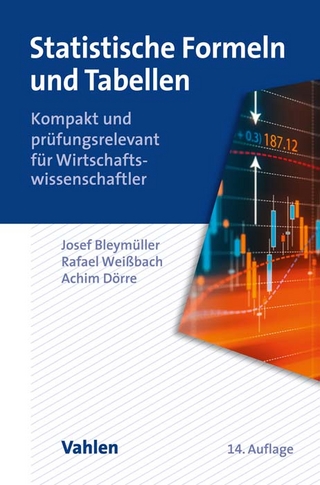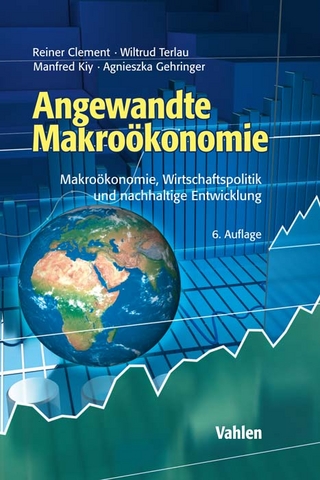
Maritime networks, port efficiency, and hinterland connectivity in the Mediterranean
World Bank Publications (Verlag)
978-1-4648-1274-3 (ISBN)
For millennia, the Mediterranean has been one of the most active trading areas, supported by a transport network connecting riparian cities and beyond to their hinterland. The Mediterranean has complex trade patterns and routes--but with key differences from the past. It is no longer an isolated world economy: it is both a trading area and a transit area linking Europe and North Africa with the rest of the world through the hub-and-spoke structure of maritime networks. Understanding how trade connectivity works in the Mediterranean, and elsewhere, is important to policy makers, especially those in developing countries in the Mediterranean, concerned with the economic benefits of large investment in infrastructure. Better connectivity is expected to increase trade with distant markets and stimulate activities in the hinterland. This book is a practical exploration of the three interdependent dimensions of trade connectivity: maritime networks, port efficiency, and hinterland connectivity. Because of the complexity and richness of maritime and trade patterns in the Mediterranean, the research book combines both a regional focus and globally scalable lessons. This book is intended for a wide readership of policy makers in maritime affairs, trade, or industry; professionals from the world of finance or development institutions; and academics. It combines empirical analysis of microeconomic shipping and port data with three case studies of choice of port (focusing on Spain, Egypt, and Morocco) and five case studies on hinterland development (Barcelona; Malta; Marseilles; Port Said East, Egypt; and Tanger Med, Morocco)
The World Bank came into formal existence in 1945 following the international ratification of the Bretton Woods agreements. It is a vital source of financial and technical assistance to developing countries around the world. The organization's activities are focused on education, health, agriculture and rural development, environmental protection, establishing and enforcing regulations, infrastructure development, governance and legal institutions development. The World Bank is made up of two unique development institutions owned by its 185 Member Countries. The International Bank for Reconstruction and Development (IBRD) focuses on middle income and creditworthy poor countries and the International Development Association (IDA), which focuses on the poorest countries in the world.
| Erscheinungsdatum | 27.12.2018 |
|---|---|
| Reihe/Serie | International development in focus |
| Zusatzinfo | col. maps, col. figs, tables |
| Verlagsort | Washington |
| Sprache | englisch |
| Themenwelt | Technik ► Fahrzeugbau / Schiffbau |
| Wirtschaft ► Betriebswirtschaft / Management | |
| Wirtschaft ► Volkswirtschaftslehre ► Makroökonomie | |
| ISBN-10 | 1-4648-1274-8 / 1464812748 |
| ISBN-13 | 978-1-4648-1274-3 / 9781464812743 |
| Zustand | Neuware |
| Haben Sie eine Frage zum Produkt? |
aus dem Bereich


